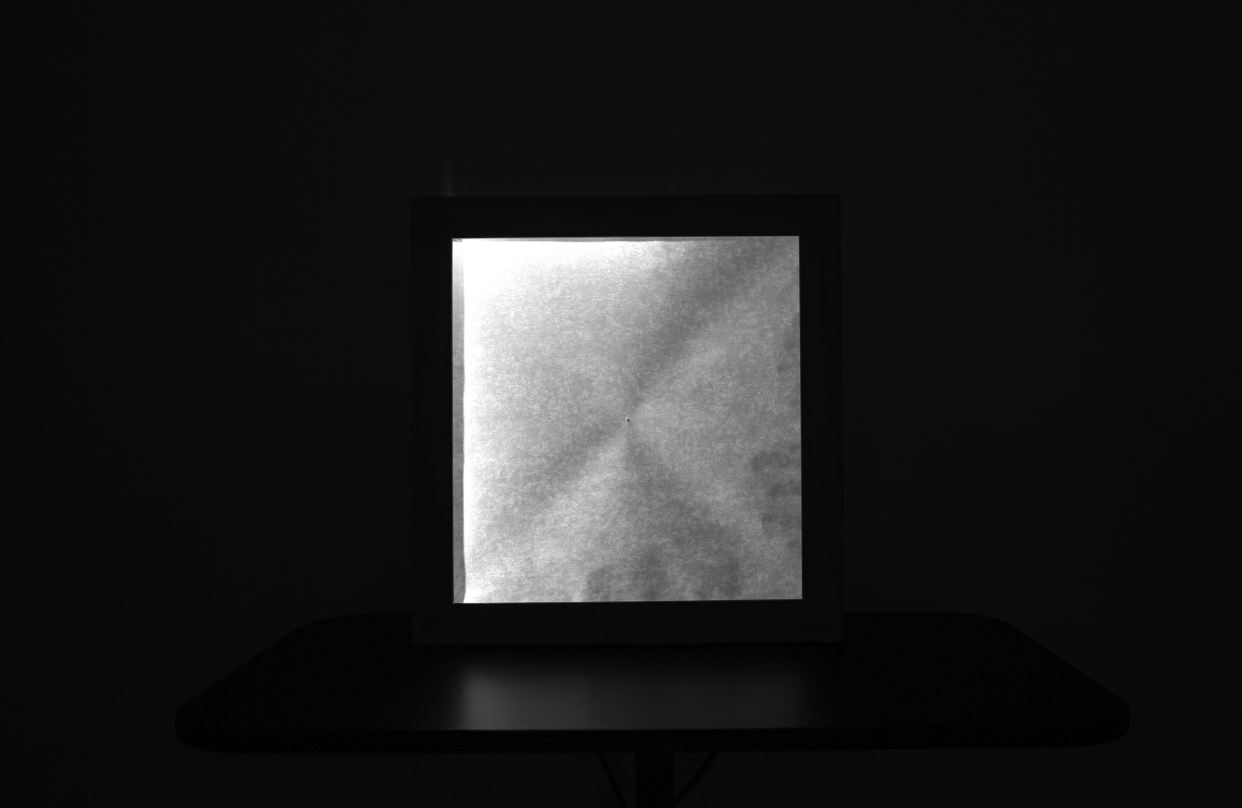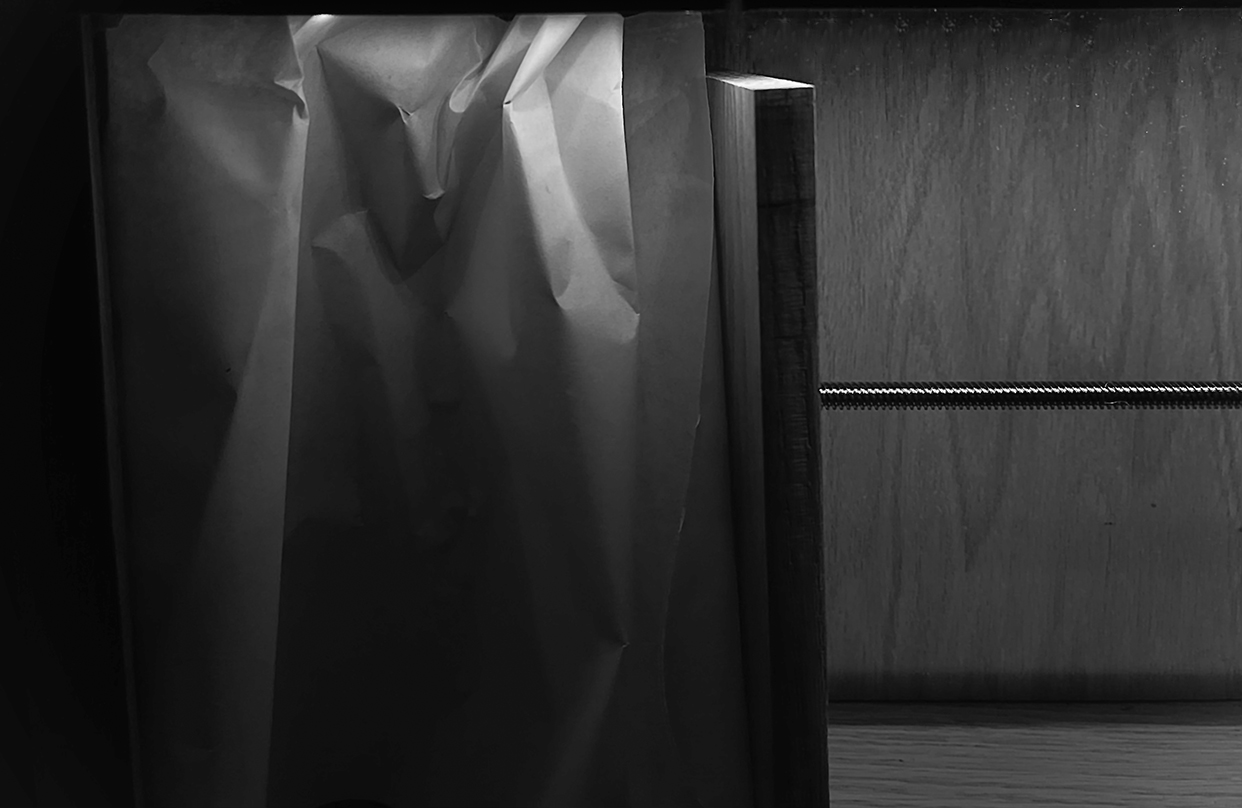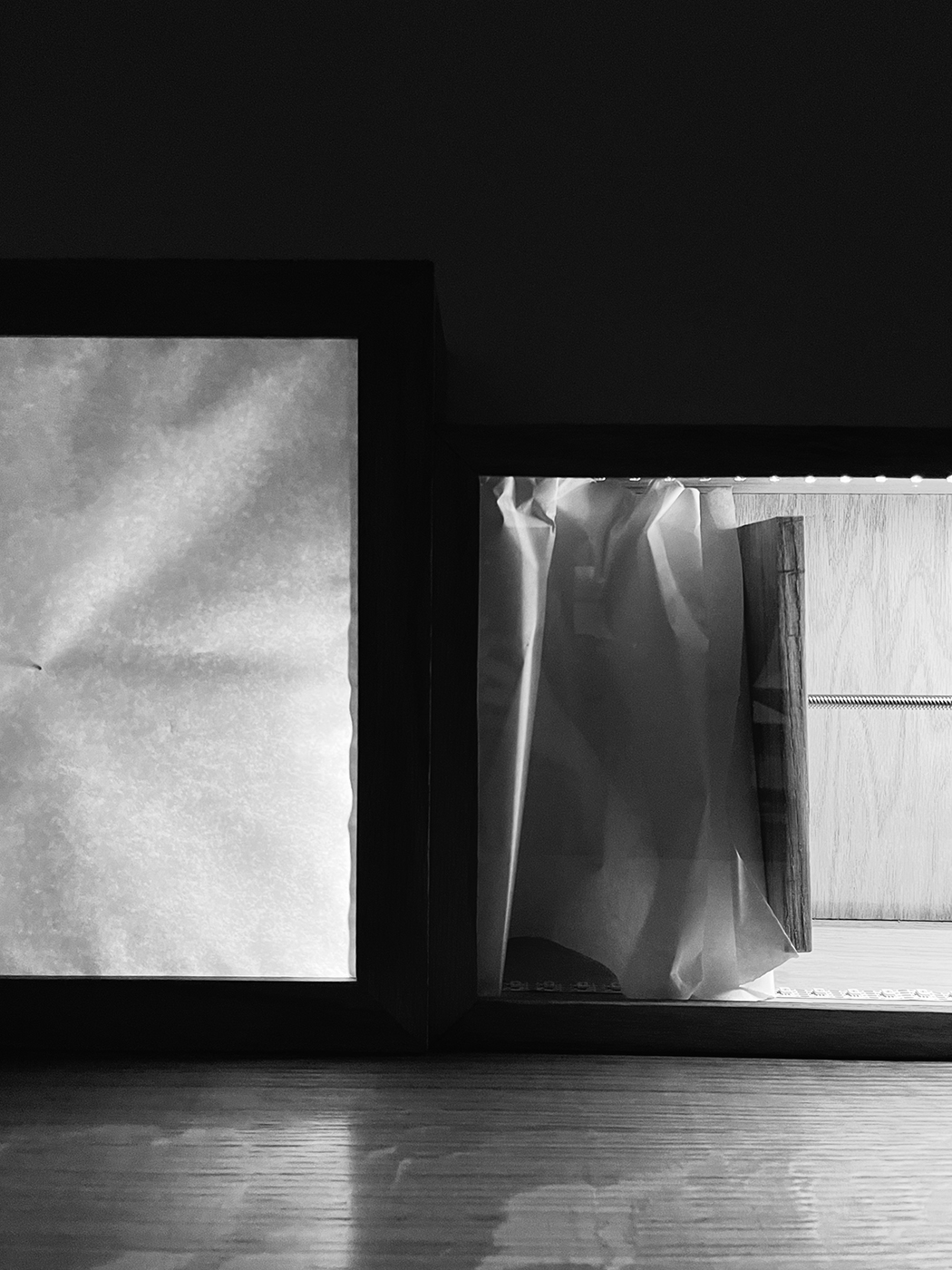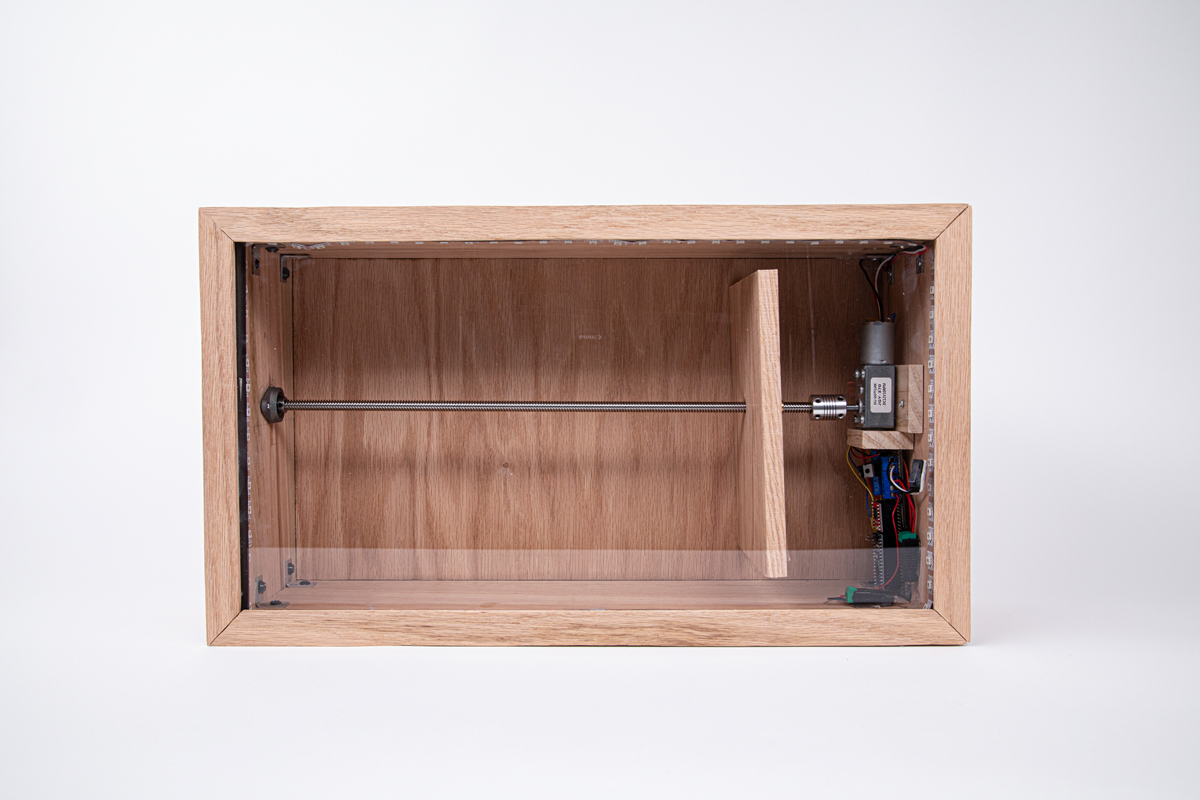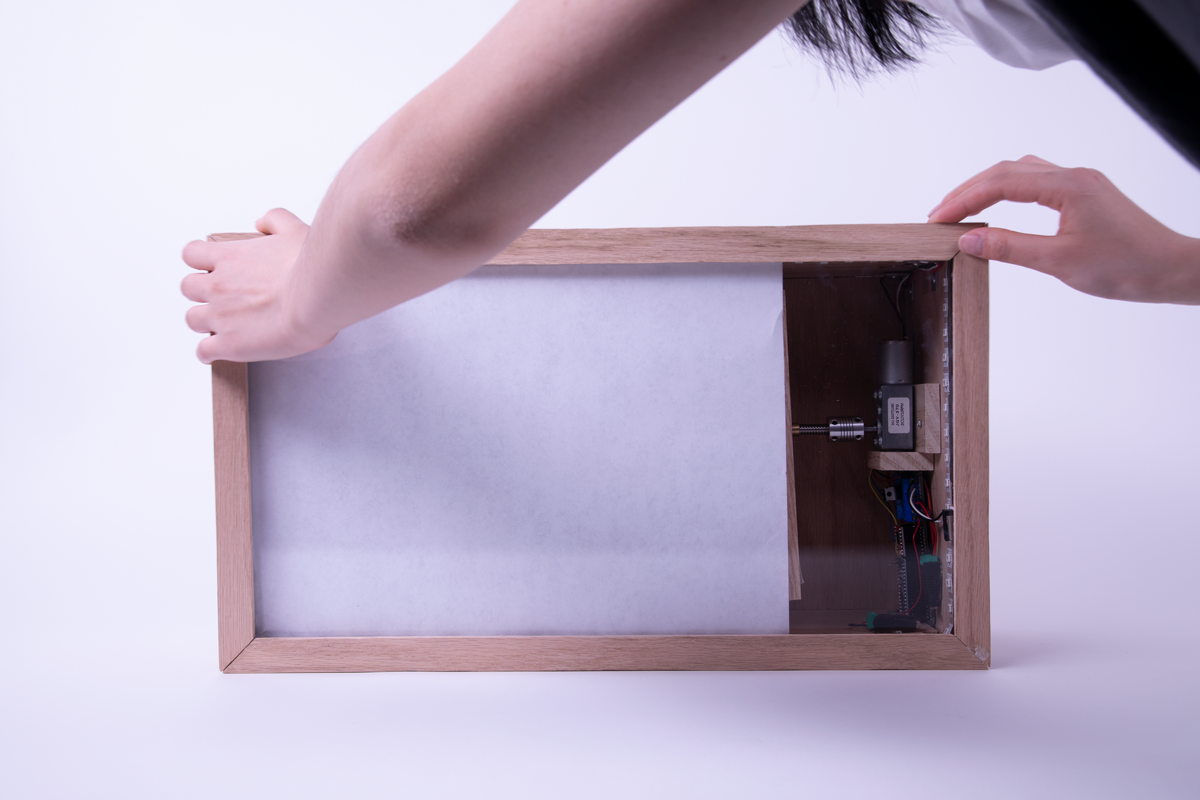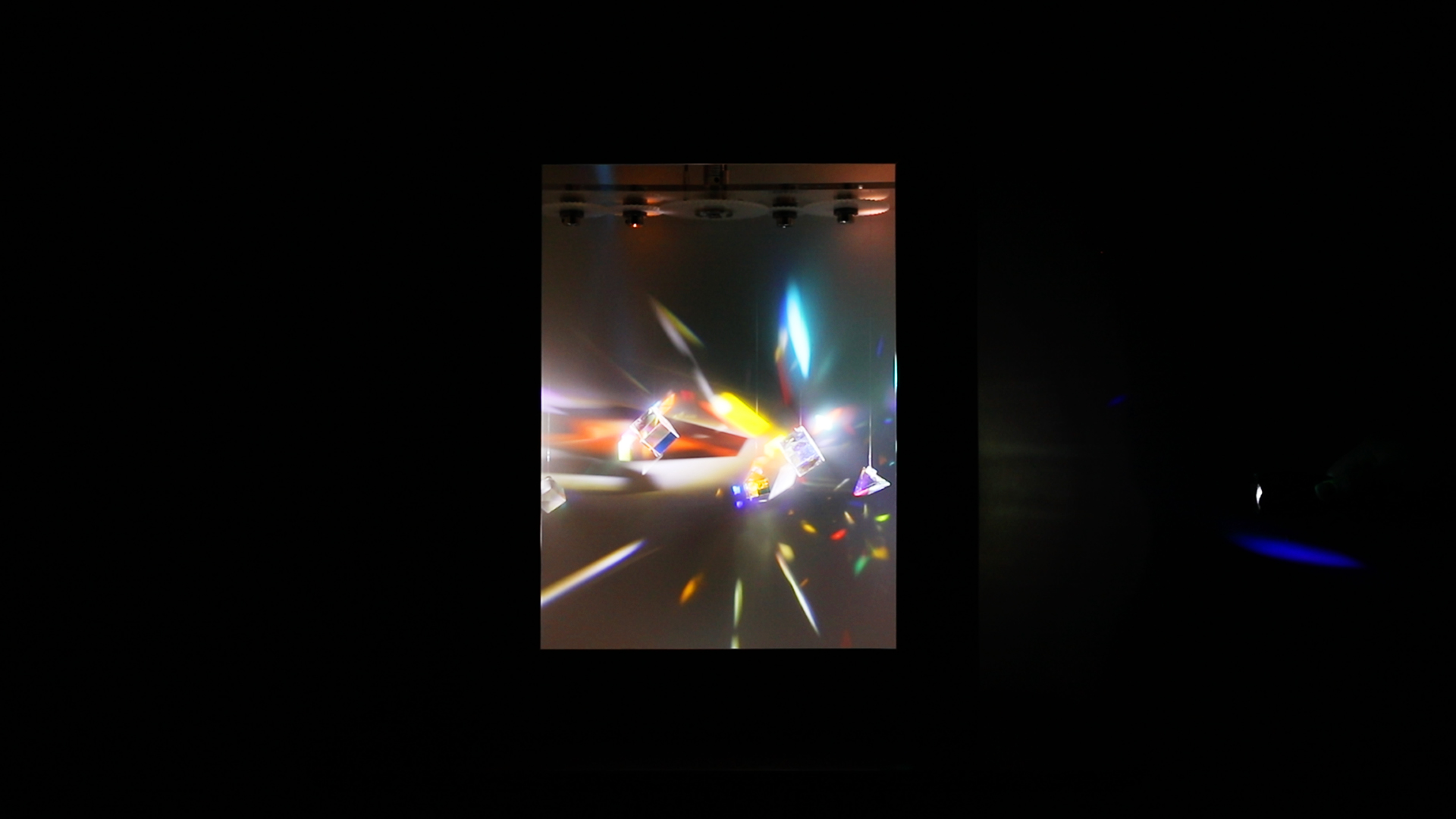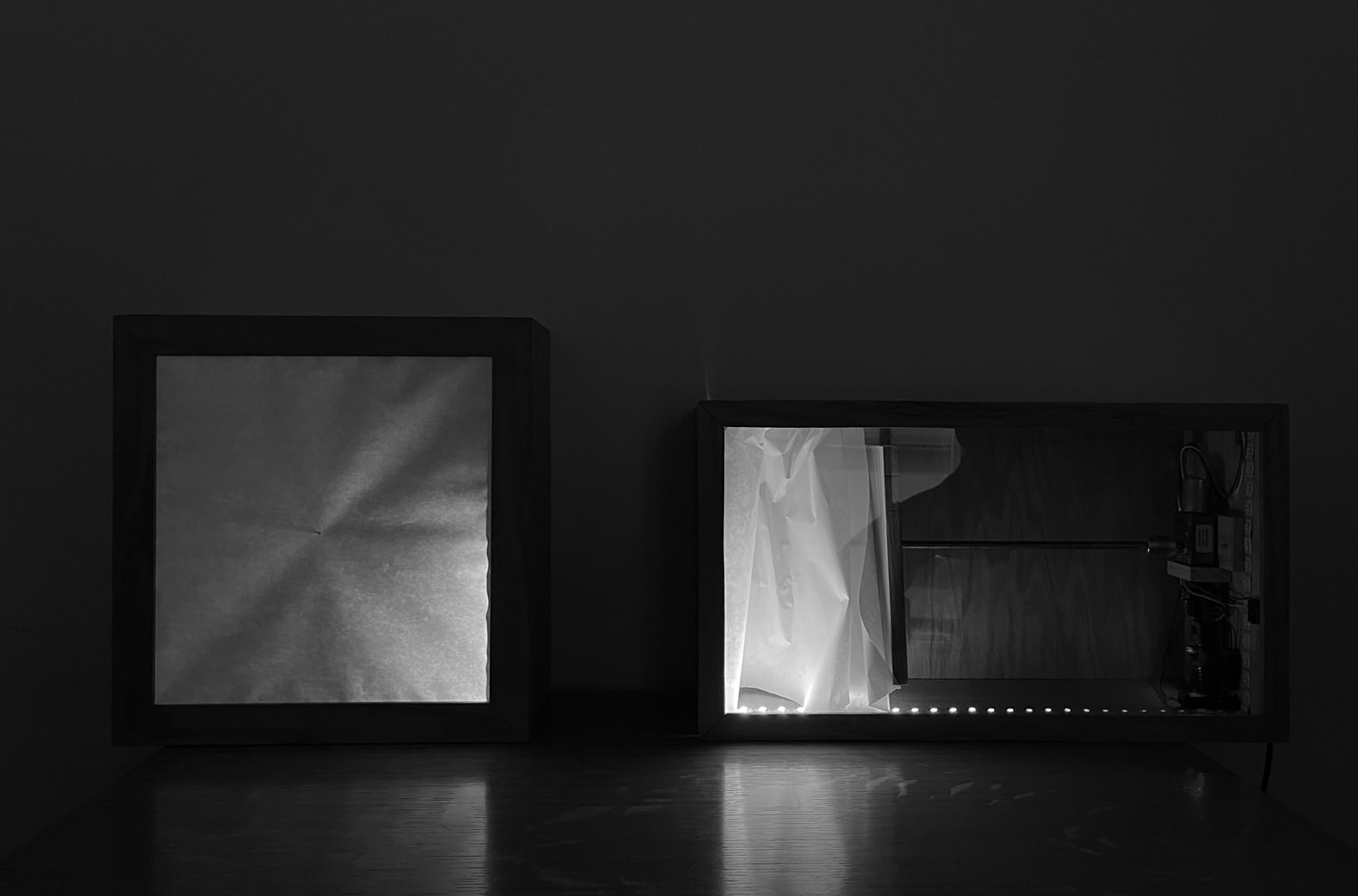Kinetic Sculpture Club
NYU ITP club Kinetic Sculpture Club main website
MainPage
Schedule
Club Spirit
ITP alumni's super cool work
content
Gear
linkage design
MotionGen
Fusion 360 workshop
Fusion 360 and CNC
balance
flower
string control
DC Motor control
Shop Motor Accesorries
Stepper Motor control A4988
Stepper Motor control Silent TMC2209
Inventory
our work
Resources
Casta Zhu
“Time” is the most frequently used noun in the English language. We talk about time every day, yet know very little about time. Is it linear? Is it absolute and constantly running out? Is it an illusion? Influenced by The Merchant and the Alchemist Gate by Ted Chiang and Einstein’s Dreams by Alan Lightman, In An Iridescent Time is inspired by the concept that people lead different lifestyles due to different perceptions of time and explores this idea by inviting the viewer to observe and experience time in their own way. In An Iridescent Time uses prisms as a medium to visually illustrate the progression of time and the different interpretations of its passage. There are five gears, each with a different number of teeth; a prism hangs from each gear, its movement dictated by both the rotation of the gears and the pendulum motion created by this rotation. Since the mathematical relationship between the number of teeth of a gear is designed to be relatively prime (where the common divisor between each gear’s number of teeth is 1), the prisms’ positions will not repeat for another hundred years. Furthermore, the pendulum motion produced by the rotation of the gears adds randomness to each prism’s position. The audience is invited to use flashlights on the prisms to observe the resulting distinct light patterns. In this project, both time and light are experienced intangibly with time symbolically translated into iridescent light. The prisms rotate relentlessly, yet unrepeating, for a lifetime, leaving different traces for different people observing it.

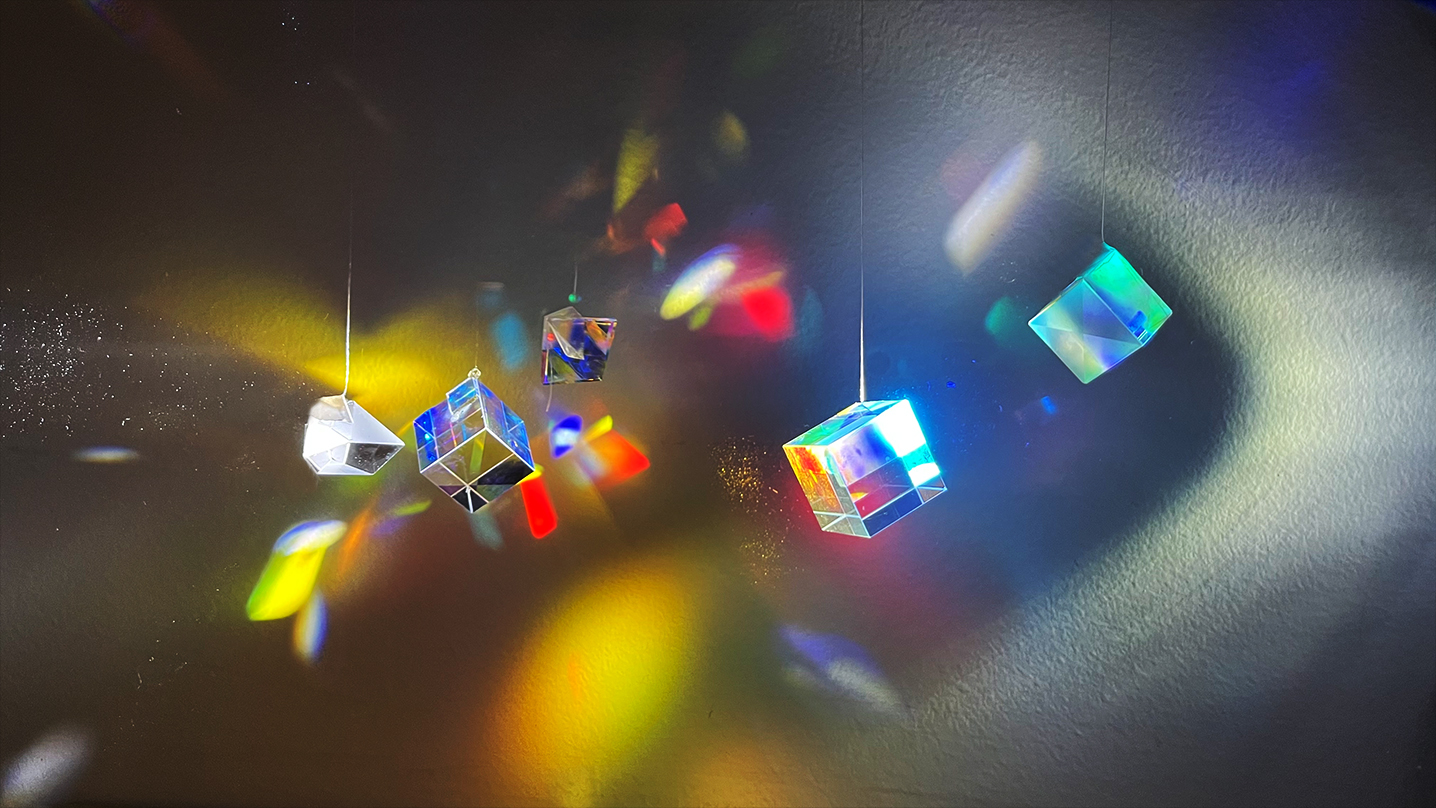

Marcel Wang
An installation about “Emotion Studies” focuses on the figurative expression of negative emotions. By abstracting and mechanizing the gesture of poking, circulating, and squeezing using paper and motor, the artist reveals the fragility and Irreversibility of paper as a metaphor for human emotion.
How to describe negative emotions and feelings? What is depression? What is numbness? What is hopelessness?…… Expressing abstract feelings seems uneasy as we haven’t fully understood human emotions. But somehow, that is the reason we are human beings. We seem to have stronger memories of painful experiences than happy ones. The amygdala helps us encode when, where, and how it happened and the feelings in our minds. Emotional distress usually builds up in ways that negatively affect someone’s life, which may become permanent and incurable in certain instances.
The pain pointed out here is not something in a body part; instead, it is a subjective experience of a human being. Pain is considered the privacy of its owner because no one can genuinely feel and access their pain like one’s own. However, sometimes our perception of the external environment triggers our subconscious to remind our past painful experiences and feelings. Therefore, the artist tries to simulate the influence of the external environment on the body’s sensation with the action of the machine on the paper as a method of emotional evocation.
She started this series project by recalling her awful experiences in high school. For her, pain is the most real feeling, and expressing pain through artwork is a process of healing and self-knowledge, an outlet for communicating. The artist is fascinated by building connections between human emotions, kinetic systems, and physical materials. She has been experimenting with various media, such as video, installation, and sound performance under this theme. In the first two attempts, she describes the struggle of breakdown and a sense of numbness through repetitive motions.
The artist enjoys playing with paper as she believes that the materiality of paper is very similar to some of the characteristics of human beings. Blank paper is a unique medium for interpretation as its emptiness is not valueless or information-free but leaves an endless space for people to fill with imaginations and memories. The state in which the paper is applied with force shows a dynamic relationship between opposition and balance, order and chaos. Even with a tiny force change on paper, it can never go back to its original flat, just like pain fades away over time, but we will never forget it. Pain will always remind us of what we have been through and who we are.
